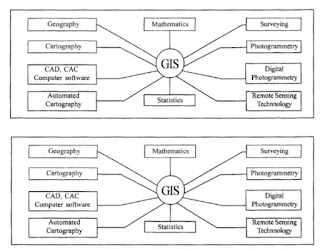It is brought on the surface for use. The following points need to be taken into account regarding underground sources:
a) AQUIFERS
The surface of each aquifers is composed of alternate pervious and impervious layers. Pervious strata are those strata through which water can easily pass while impervious strata are those through which water cannot pass.
The pervious layers are named as aquifers or water holding strata. Aquifers have sand or gravel layer that provides the good quality water. The aquifers that are made of limestone layer gives good quantity of water supply and cracks or fissures are present there.
b) MOVEMENT OF GROUNDWATER
The movement of underground water is through gravity and attraction of molecules of surface tension.
c) POROSITY
The porosity is defined as the ratio of volume of pores or openings of material to the volume of total volume of material. Porosity is measured in percentage.
P= V1/V2×100
P= Porosity of soil
V1= Volume of openings of material
V2= Total Volume of material
Name of Rock or Soil Porosity in %
Clay 44-47
Chalk 14-15
Limestone 0.5-17
Sand and Gravel 35-40
Sandstone 4-30
Compacted Sand and Gravel 25-30
Top Soils 37-65
d) QUALITY OF WATER
The process of natural filtration occurs when rainfall occurs and rain water percolates through the ground.That's why underground water is free from impurities.Some quantity of bacteria are also present in water. that protect the water from contamination. The groundwater contains different salts depending upon the type of strata and length of underground water flow. The minerals present in underground water are manganese, magnesium, calcium, potassium, sodium and iron.
Rocky strata give more or less pure water.
water with clayey soil have high turbidity.
Aquifers made of limestone provides long passage of underground water.
e) WATER TABLE
The upper top soil at ground level is pervious and the rain water is percolated through this pervious layer and gathered here.This upper surface of free water is called as Water table of groundwater table.
Water table level changes. It increases in the wet season and falls down in dry season.













